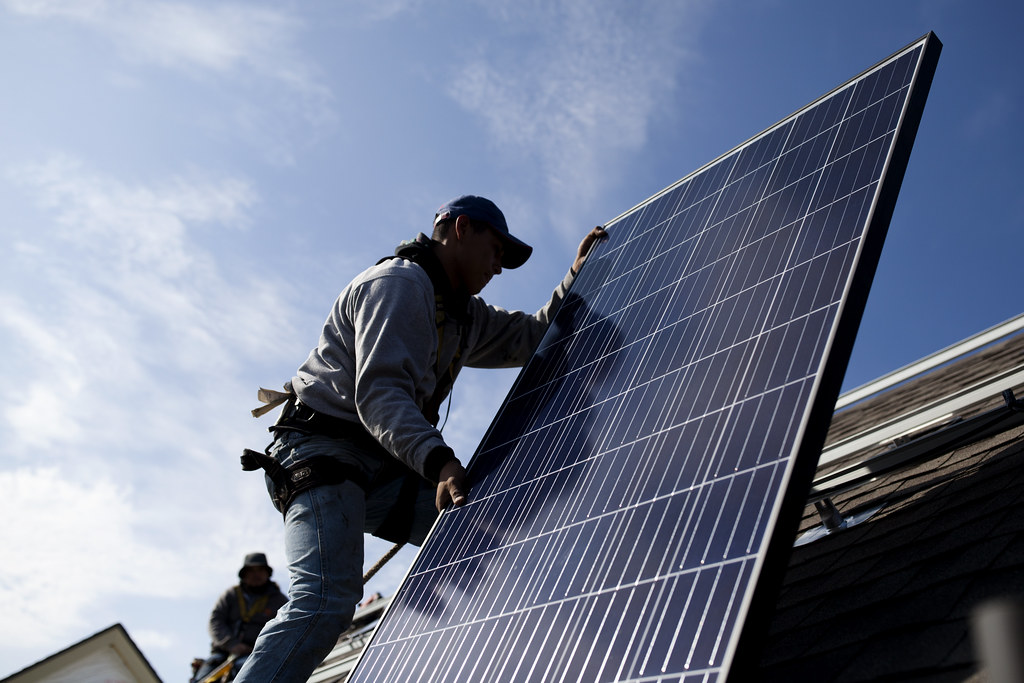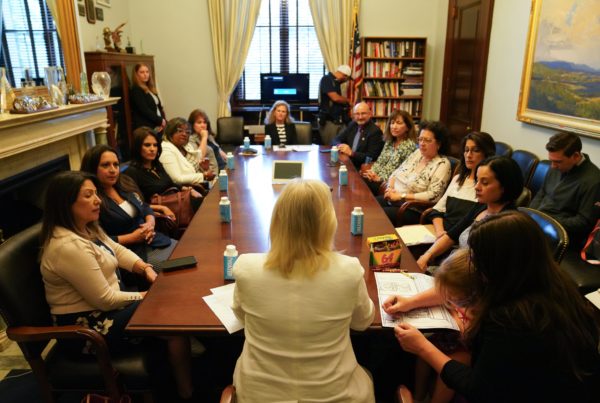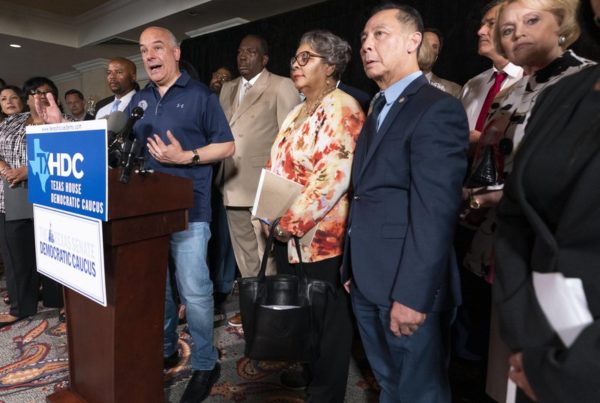Green energy sources like solar power are having a moment in Texas, driven partly by February’s winter storm and subsequent grid failure. Sales for home solar panels have been on the rise this year. And, of course, Elon Musk recently announced that he’s planning on building the first Tesla solar neighborhood in Southeast Austin.
But sustainable energy jobs aren’t necessarily paying sustainable wages for workers.
“The level of unionization, the rate of unionization, in a lot of these new green industries – wind, solar, battery storage – they’re much lower than traditional energy industries,” said Noam Scheiber, New York Times reporter covering workplace issues. “If you go to a coal- power-generation plant or a gas-power-generation plant, unionization rates tend to be pretty high there. And as a result, the wages and benefits tend to be pretty high, too.”
On why unionization rates are lower in green energy jobs:
“In the same way that the auto industry wasn’t unionized in the early 20th century, and it took a lot of work and a lot of resources, a lot of defeats to unionize that industry, we’re kind of at a similar point in this industry. So that’s part of it. But the economics are also somewhat different,” Schebier said. “If you’re in a fossil-fuel-generated plant … because you’re regulated, you’re guaranteed to get your 10% return on equity once you’ve built that as long as the Public Utility Commission signs off on the cost as reasonable.”
That means, he says, fossil fuel-based energy companies have less incentive to “squeeze” labor costs. Solar and wind utility companies, on the other hand, purchase power from third-party owner-operators, who do have an incentive to keep labor costs down.
On what we can learn from previous governmental green jobs programs:
“The Obama administration pushed for some $90 billion in subsidies for green energy, green jobs. And that’s really our biggest experiment in this country ever with subsidizing jobs in this space. There’s an economist at Syracuse University named David Popp who, with three other colleagues, took a really close look at the jobs that legislation created and found that it created about a million jobs a year for several years after the Recovery Act passed,” Scheiber said.
But he says researchers also found so-called green jobs didn’t really lead to an increase in workers’ wages.
“So, if you were working at Amazon and then left Amazon and you decided to take a weatherization job, you know, retrofitting buildings at homes to make them more energy efficient, your wages, on balance, did not go up at all,” Scheiber said.
On how lawmakers are trying increase wages for green jobs:
“[President] Joe Biden himself has said that he wants to, as much as possible, ensure that these pay so-called prevailing wages, which is kind of a sort of minimum wage that the Department of Labor sets by locality for each type of job imaginable, basically. So that would be kind of a living wage in these different renewable jobs, these different green jobs,” Scheiber said.
Companies could also set up project labor agreements, he says, which make it easy for workers to unionize before a construction project gets underway.
“The problem with both of those ideas, even though they’ve worked in different construction trades for decades, it’s not clear that the Democrats can enact that in the Senate,” Scheiber said.














